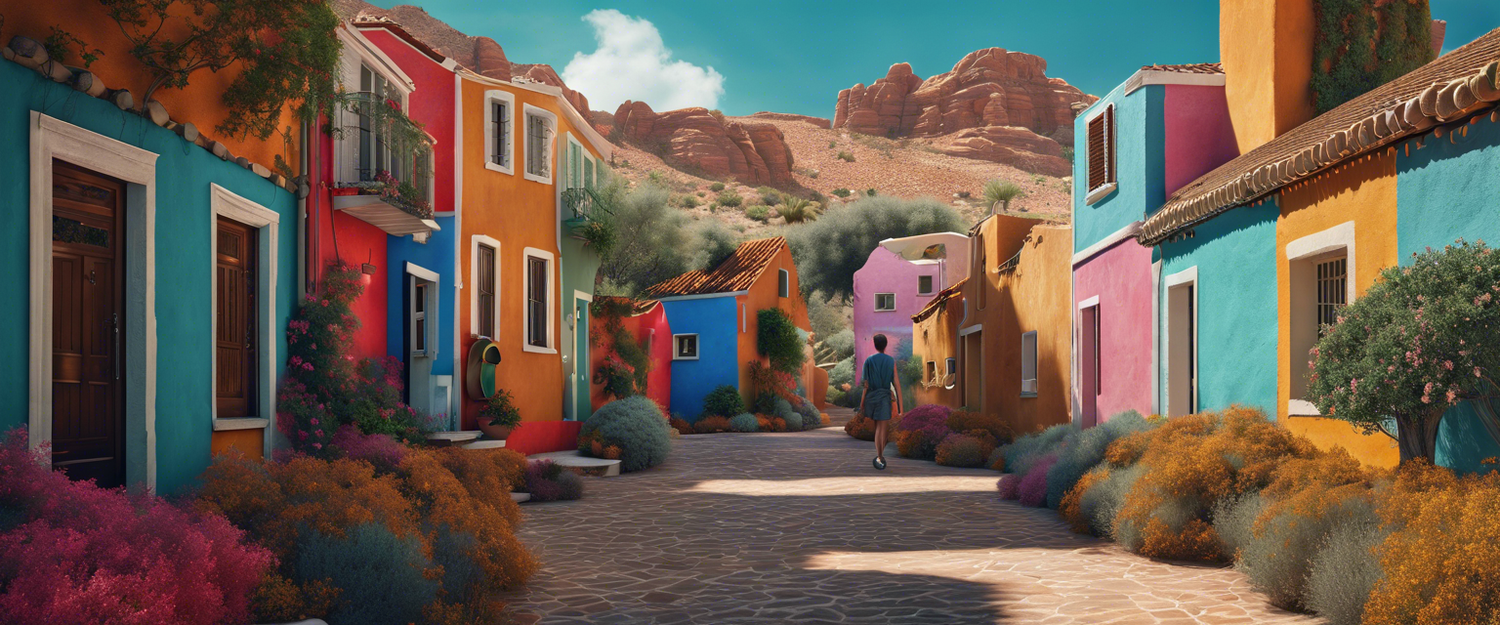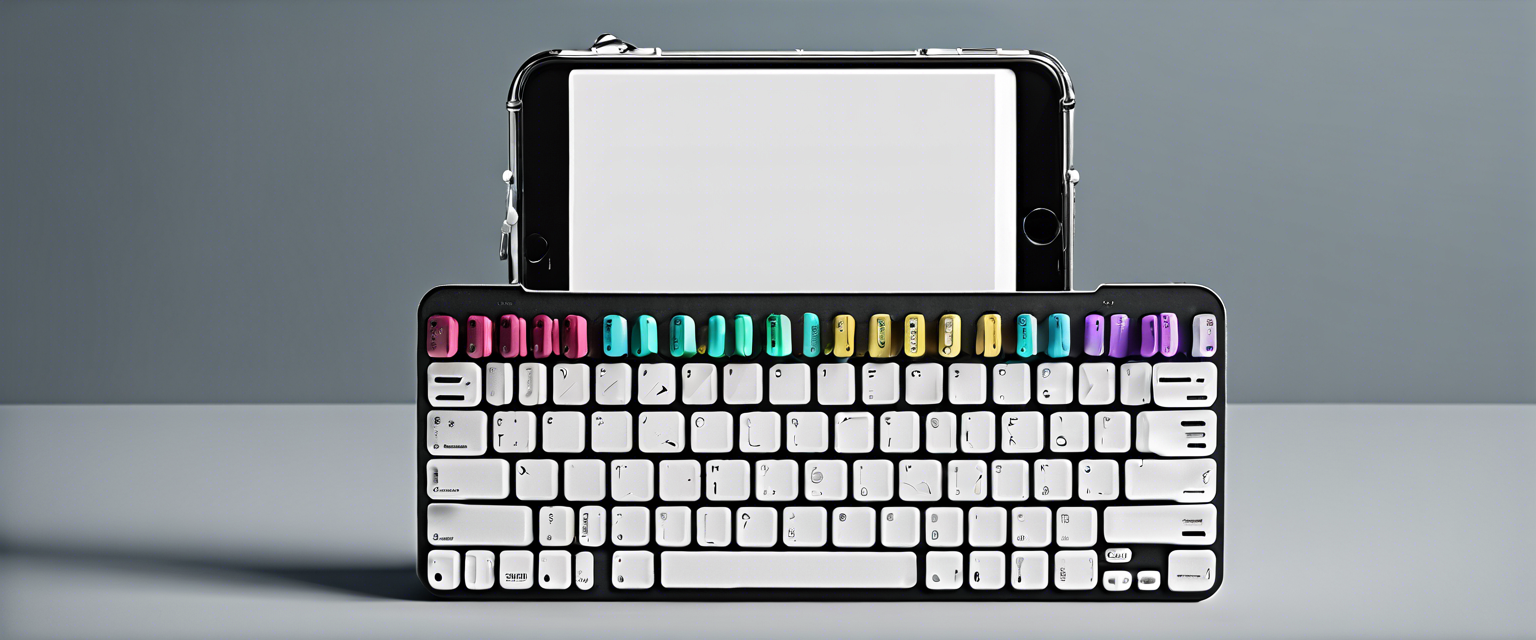Introduction to Google’s Imagen 3: The Latest AI Text-to-Image Generator
Google has officially released the newest iteration of its AI text-to-image generator, Imagen 3, now accessible to users in the United States. This innovative tool, found on Google’s AI Test Kitchen, is designed to create images with superior detail, enhanced lighting, and reduced distracting artifacts compared to earlier versions.
Key Features of Imagen 3
Unveiled during the I/O conference in May, Google’s Imagen 3 has recently become widely available via the Vertex AI platform. Users on Reddit have already begun exploring its functionalities, and shortly thereafter, Google released an informative research paper examining the tool’s capacities.
Advanced Image Generation Capabilities
Similar to other AI image generation platforms, Imagen 3 allows users to produce highly detailed images based on written prompts. Furthermore, the tool includes an editing feature that enables users to customize specific parts of an image by describing the changes they wish to implement.
Guardrails and Limitations
Notably, Imagen 3 incorporates several restrictions to maintain ethical standards. The generator will refuse to create images of public figures, such as well-known celebrities like Taylor Swift. Additionally, it avoids producing images of weapons or any content that may infringe on copyright. However, users can bypass some of these limitations by creatively describing characters, as I found when generating images resembling Sonic the Hedgehog and Mario.
Comparison with Other AI Generators
In contrast to Google’s Imagen 3, which employs stricter guidelines, the AI image generator Grok on Elon Musk’s X platform has become infamous for creating controversial and often inappropriate content, including images depicting drugs and violence.
Challenges Faced by Google’s AI Tools
Despite the advancements represented by Imagen 3, Google's AI initiatives have not been without challenges. Earlier this year, the company had to restrict users from generating images with its Gemini AI chatbot after it was found to create historically inaccurate images. This incident underscores the challenges AI tools face in balancing creativity with accuracy and ethical constraints.
Conclusion
The release of Imagen 3 marks an important milestone for Google in the realm of AI-generated imagery. By enhancing image detail and lighting while imposing ethical guardrails, Google aims to contribute to a more responsible approach to AI in creative domains. As users continue to discover the capabilities and limitations of this tool, it will be interesting to see how Google will evolve its offerings in the field of artificial intelligence.
Meta Description
Explore Google's Imagen 3 AI text-to-image generator features, capabilities, and ethical guardrails, along with comparisons to other AI tools in the creative space.



Leave a comment
All comments are moderated before being published.
यह साइट hCaptcha से सुरक्षित है और hCaptcha से जुड़ी गोपनीयता नीति और सेवा की शर्तें लागू होती हैं.